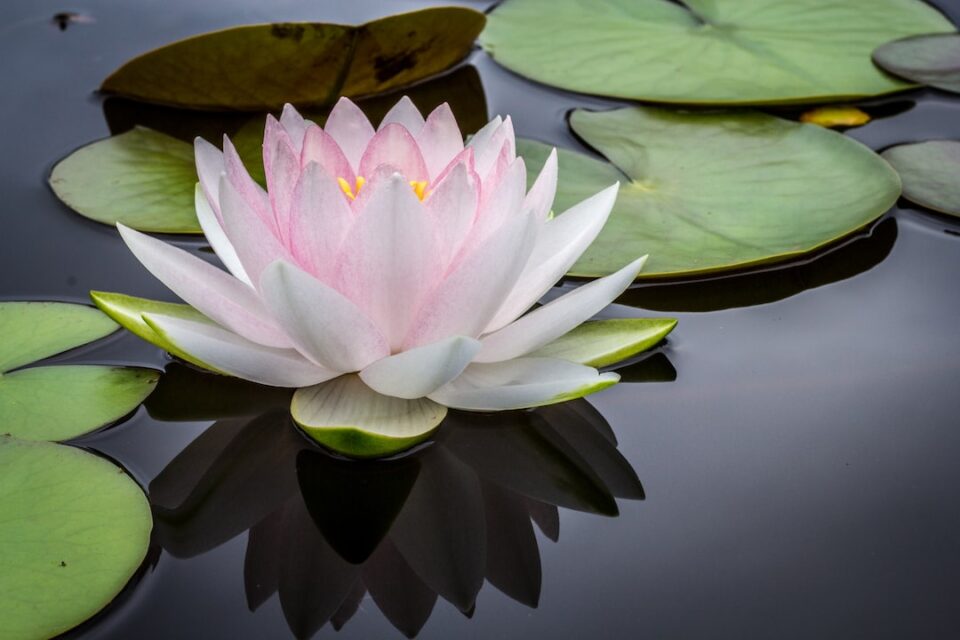Luxury real estate has continued to evolve over the last decade, and it remains an attractive investment opportunity for high net-worth individuals. The industry typically refers to properties that cost upwards of $1 million and provide exclusive, high-end amenities to cater to the needs of discerning buyers. A look at the current market conditions can provide valuable insights into the trends and preferences driving the luxury real estate industry.
Understanding the Market
Luxury real estate is underpinned by factors, including location, architecture, and unique features that enhance the value of a property. The location of a high-end property is critical, and buyers are willing to pay a premium for the ultimate lifestyle experience. For instance, properties located in prime cities or regions with beautiful natural landscapes or waterfront areas are highly sought-after. The exclusivity and privacy of a location also play a crucial role in determining the market value of luxury properties.
Architectural design is another key factor that buyers consider when looking for a luxury home. Properties designed by some of the world’s best architects or featuring unique interior and exterior design elements tend to have higher price points. Custom builds are also popular, giving buyers the opportunity to create a space that fits their personal vision of luxury living.
Real estate developers are continuously seeking to innovate and provide unique, sophisticated features that meet the demands of the luxury real estate market. State-of-the-art technology, quality finishes, high-end appliances, and amenities such as home theatres, private elevators, and infinity pools are some of the amenities that have become commonplace in high-end properties.
Market Trends
The luxury real estate market has seen a steady growth pattern in recent years. According to the Global Luxury Real Estate Report 2021, global prime property prices rose by 1.9% in 2020, whereas ultra-prime properties rose by 1.8%. In contrast, luxury property prices rose by 1.7%. The report also highlighted that global luxury property sales increased by 7% in 2020, driven by buyers seeking larger properties, more privacy, and more space for outdoor activities.
Another emerging trend in luxury real estate is the shift towards sustainable and eco-friendly properties. Buyers are increasingly considering the environmental impact of their investments and looking for properties featuring green technologies such as solar panels, water harvesting, and energy-efficient systems.
Conclusion
Luxury real estate remains a viable market for investors looking to diversify their portfolios. However, it is vital to understand the trends and preferences driving the industry and the factors that determine the properties’ market value. Location, architectural design, and unique features are the key drivers of the luxury property market. Understanding these market trends can provide valuable insights into the investment opportunities available in this ever-evolving industry.

